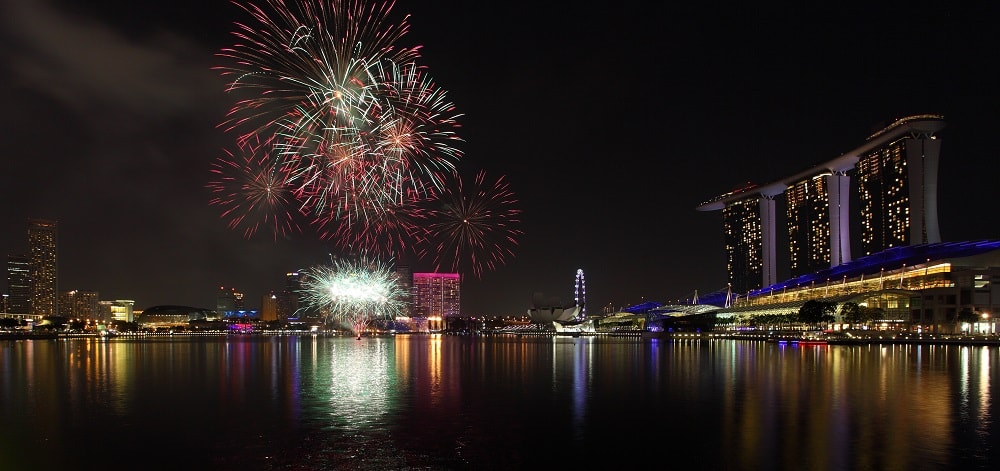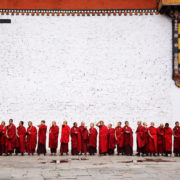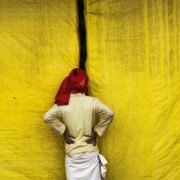Mark Bolton is an English photographer based in Suzhou, China. Living on the edge is what he seeks solitude in and his photographs reflect the same. Mark specializes in Travel, Landscape and architecture images. He speaks to us about his passion and journey as a photographer, the role of social media in photography and his life in China.
View his complete portfolio at portfolio.markboltonphotography.
1. Besides travelling for work, did living in China as a country, influence your decision to pursue your passion in photography?
China as a country when I first arrived in 1997 was a totally different place to today, major development was just starting, and some of the sights and experiences of that China were disappearing, I wanted capture some of this before it was consumed by the pace of development. The city I live in used to be called the city of ‘Rice and Fish’ because of all the surrounding agriculture and fish farms, today it is more likely to be the city of Silicon and Plastics one of the key high technology manufacturing centers in China.
I have a print of sunrise over what is the Suzhou Industrial Park from 1999 which shows the first tall building being erected with the old city in the foreground, now it is an unrecognizable sprawl of factories and skyscrapers but still a beautiful city.

Suzhou Industrial Park
2. You mentioned something about living on the edge. Tell us about an adventurous moment in your life related to photography?
The quote from Kurt Vonnegut – ‘I want to stay as close to the edge as I can without going over. Out on the edge you see all kinds of things you can’t see from the center’ sort of sums up my approach to photography, looking for a different perspective or a time when things look different.
Travelling around Asia is always an adventure, but probably one of my most enjoyable adventures was into Tibet and up to Everest base camp, I spent a few days wandering around Lhasa (Having ditched the guide which the Chinese regulations require foreigners to have in Tibet) and then up to Everest Base Camp, I had purposely arranged the trip in March before the main season for Everest which is April – May and then September – October as I wanted to experience something different, waking up before sunrise to capture sunrise over Everest to find my sleeping bag frozen where the condensation from my breath (I had kept my Camera and Batteries in the sleeping bag with me as the temperature was around -20°C) then hiking to a spot and setting up the tripod and camera before the sun rose.
At that time it was just me and my camera in one of the highest places on the earth.

Sunrise over Everest
3. You view photography as an ‘all-consuming passion’ – why do you say so?
When the photography bug grips, free time is spent either planning the next shot, processing past shots, perfecting new techniques, uploading and editing webpages/blogs, or taking new shots. Because my photography is done around working and travelling around Asia and occasionally elsewhere in the world, I find that planning where would be a good place to go saves time as the time I have in any place is very limited.
There are also the shots where you return several times to get the image you have visualized, or have to spend hours in one place waiting for the perfect moment, the right light or the movement you want.
4. Do you feel social media can influence the way a photographer markets himself? If yes, how profound is it’s impact?
Social media is another channel for self-marketing it has actually made it easier to market your images to a much wider audience very quickly, driving people towards your website and portfolio, but it is not a replacement for having correct meta tags and descriptions on your images which remain the best way to drive new people via search engines to see your artwork.
Social media works best with images that have a time limitation due to their association with things that are going on, I have been experimenting with some Motorsport photography and these receive more attention within a limited time-span of the actual event, but over time more traffic comes from keyword searches.

Panning Motorsport Photography
5. You dabble in a variety of genres, namely travel, landscape, cityscape and architecture. Which among these do you find most challenging and why?
Each genre has it’s own challenges, but probably cityscape is the most challenging because you always have to look for a new twist or way of showing something that has been photographed a thousand times, one of the ways I try to distinguish some of my cityscapes is to find a new view, but also photograph it without people.
Living in China with 1.3 Billion other people this is not easy everywhere is crowded, especially in places like Shanghai and Hong Kong. One of my favorite examples of this is the image of the Hong Kong skyline from the Kowloon boardwalk, this is one of the most photographed skylines in the world, I happened to be there one evening when there were sporadic rain showers occurring during the festival of light which is a big light show on the Hong Kong skyline.
Naturally during the light-show the Kowloon boardwalk is totally crowded with people watching the show, but when the rain showers came the crowd retreated to shelter under the arches of the Hong Kong Space Museum, so I had seconds from the end of the shower to set-up and take the image before the crowd returned to the edge of the boardwalk.

Kowloon Boardwalk
6. How do you decide upon pricing a particular print? What has your experience of selling your prints been like?
Pricing prints is always an issue, in principal online sales are determined by the supplier with a percentage return. For offline sales it depends on the print medium, size, framing etc, archival prints being the most expensive. Print sales range from small postcard size to even a billboard sized image for a Chinese restaurant, pricing depends a lot on talking to the client and determining their requirements and budget, as my photography is not my prime source of income I can be more flexible in my pricing, but there are online resources that act as a guide to pricing for different uses which act as a guide.
7. What has been the best part in building your website with Pixpa? Share with us your experience.
The ease of use of the Pixpa back-end was one of the key things that brought me to Pixpa with the updates last year this just got easier again, I wanted a site that was not only manageable from China where access to the internet can be at times frustrating, but also one that I could use with my URL sub-domain.
Not long after I joined Pixpa, the new Liquid designs became available, these designs meant that no matter what the platform the website displayed how I had envisioned each time, and really looked great on my large screen especially as a lot of my images are not standard sizes because of the crops that I apply.


